Laser vs hologram
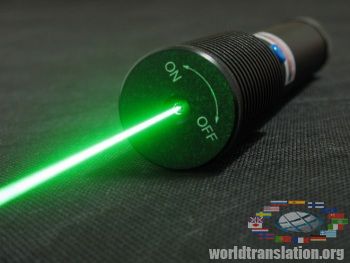
Lasers - are devices that generate powerful beams of light. Electromagnetic radiation in the laser light has a single wavelength, and all the waves oscillate in the same phase.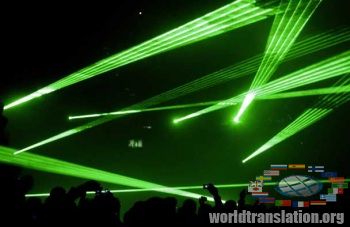 Atom emits a photon of light, when the electron in this atom moves from a high energy level, called the excited state to a lower one. Most often, the excited electrons emit light spontaneously. This is called spontaneous emission. But sometimes, features of the excited state does not allow electrons to emit light, unless they will not be affected by another photon.
Atom emits a photon of light, when the electron in this atom moves from a high energy level, called the excited state to a lower one. Most often, the excited electrons emit light spontaneously. This is called spontaneous emission. But sometimes, features of the excited state does not allow electrons to emit light, unless they will not be affected by another photon. 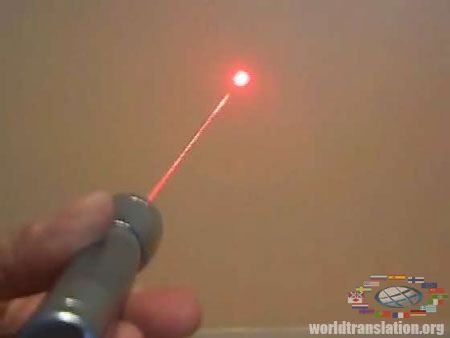 This process is called forced emission. Emitted in this case photon has the same wavelength as the photon which knocked him out, and in both of them oscillations occur in the same phase. Photons whose wavelength and phases of oscillations are the same, called coherent. Namely the coherence of the laser light does not give the laser beam disperse in the parties and makes it extremely powerful.
This process is called forced emission. Emitted in this case photon has the same wavelength as the photon which knocked him out, and in both of them oscillations occur in the same phase. Photons whose wavelength and phases of oscillations are the same, called coherent. Namely the coherence of the laser light does not give the laser beam disperse in the parties and makes it extremely powerful.
TYPES OF LASERS
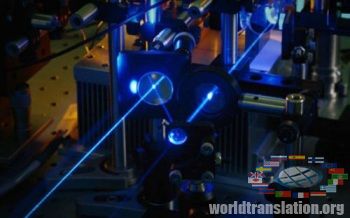 Lasers contain a substance which can be "pumped" to the excited state, but it does not emit light spontaneously.
Lasers contain a substance which can be "pumped" to the excited state, but it does not emit light spontaneously.
The first laser was developed in 1960, and it was ruby. Such laser has rod of synthetic ruby with glass ends. Flashes of white light from 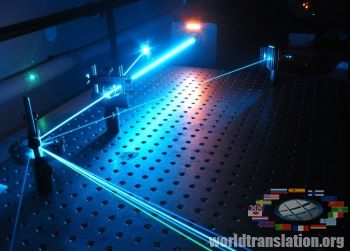 a coiled in a spiral gas discharge flash lamp, which enlace rod, excite atoms in the rod. An excited atom spontaneously emits a photon, which causes other excited atoms to emit photons of the same frequency. Photons "rush about" between the mirrors at the ends of the rod. One of the mirrors is semi-transparent, so the laser beam after multiple reflections inside the rod can go outside.
a coiled in a spiral gas discharge flash lamp, which enlace rod, excite atoms in the rod. An excited atom spontaneously emits a photon, which causes other excited atoms to emit photons of the same frequency. Photons "rush about" between the mirrors at the ends of the rod. One of the mirrors is semi-transparent, so the laser beam after multiple reflections inside the rod can go outside.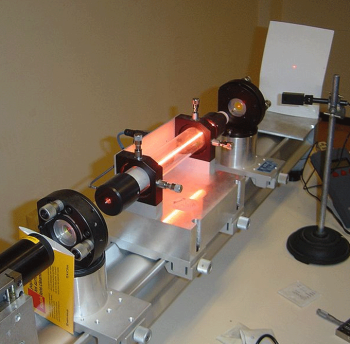 In other lasers, instead of ruby, are used gas mixtures or solutions of dyes. In gas lasers electric shock delivers the energy, required to excite the gas atoms. Helium-neon lasers give red light and argon laser - green. Carbon dioxide laser emitting infrared radiation. Dye lasers can "adjust" to different frequencies by changing the composition of the mixture of dyes.
In other lasers, instead of ruby, are used gas mixtures or solutions of dyes. In gas lasers electric shock delivers the energy, required to excite the gas atoms. Helium-neon lasers give red light and argon laser - green. Carbon dioxide laser emitting infrared radiation. Dye lasers can "adjust" to different frequencies by changing the composition of the mixture of dyes.
The improvement of technology allowed to create a compact and highly efficient lasers based on semiconductor crystals.
LASER APPLICATION
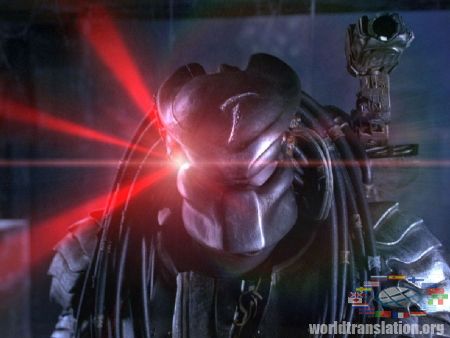 The laser beam can pass many kilometers, not expanding and unabated. That is why in the ranging laser device are used to measure long distances by the time of arrival of reflected light pulses. In the guidance systems lasers are used to keep guided missiles on the course and to control equipment for tunneling. Lasers are also used for topographic survey, because the laser beam gives a perfectly straight line. Also lasers have pointed direction of the tunnel under the La Manche Strait . The laser locators can monitor the level of pollution in the atmosphere at different altitudes.
The laser beam can pass many kilometers, not expanding and unabated. That is why in the ranging laser device are used to measure long distances by the time of arrival of reflected light pulses. In the guidance systems lasers are used to keep guided missiles on the course and to control equipment for tunneling. Lasers are also used for topographic survey, because the laser beam gives a perfectly straight line. Also lasers have pointed direction of the tunnel under the La Manche Strait . The laser locators can monitor the level of pollution in the atmosphere at different altitudes.
The laser light is so powerful, that the laser beam can cut paper, fabric, wood and even metal. 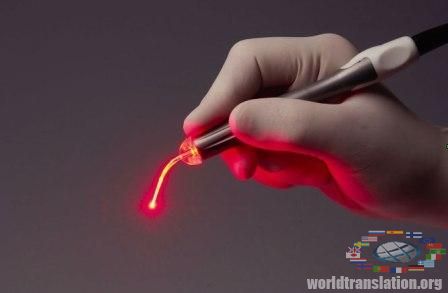 Surgeons use lasers for very precise dissection of living tissues. Beam cauterizes small blood vessels at the edges of the wound and reduces bleeding.
Surgeons use lasers for very precise dissection of living tissues. Beam cauterizes small blood vessels at the edges of the wound and reduces bleeding.
In the scanner for barcode reading and in the CD players laser beam transmits the information by scanning the surface. Laser sends pulses through fiber-optic cables in communication systems.
HOLOGRAMS
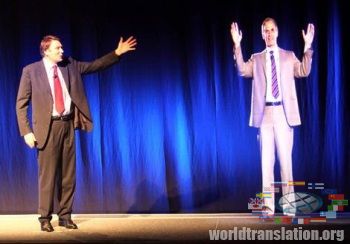 Holography - a method of producing three-dimensional image based on the interference of the wave. Lasers have opened a new possibilities for using holograms. Due to the high coherence. the laser beam can be split into two identical beams. One beam illuminates the object, which scatters the light that falls on a photographic plate. The second beam is directed to the photographic plate. When the beams meet, on the plate occurs an interference pattern - the hologram.
Holography - a method of producing three-dimensional image based on the interference of the wave. Lasers have opened a new possibilities for using holograms. Due to the high coherence. the laser beam can be split into two identical beams. One beam illuminates the object, which scatters the light that falls on a photographic plate. The second beam is directed to the photographic plate. When the beams meet, on the plate occurs an interference pattern - the hologram.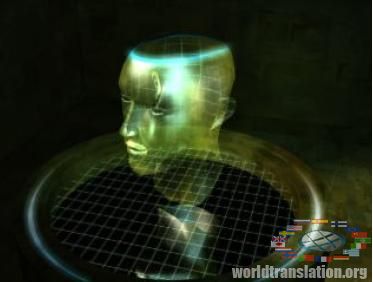 If we will display the plate, and then considered in a day light, the holographic frame will look like a window, through which the object will be visible. Holograms of this type are applied to credit cards and banknotes as an extra level of protection. If hologram will be illuminated by laser light, it will reproduce a three-dimensional image.
If we will display the plate, and then considered in a day light, the holographic frame will look like a window, through which the object will be visible. Holograms of this type are applied to credit cards and banknotes as an extra level of protection. If hologram will be illuminated by laser light, it will reproduce a three-dimensional image.
Holography is used to store huge amounts of data recorded on the pages. Page of image "leaf through" changing of the angle, at which the beam of reading laser illuminates holographic plate.